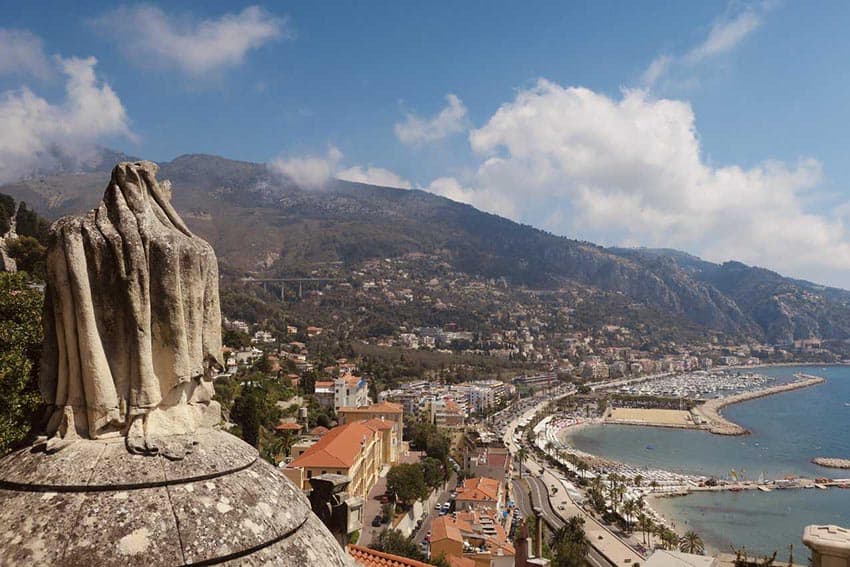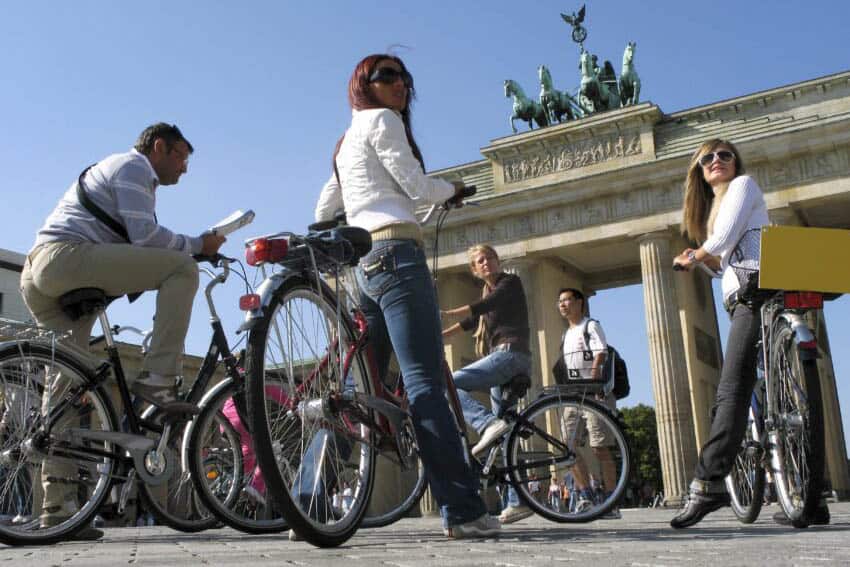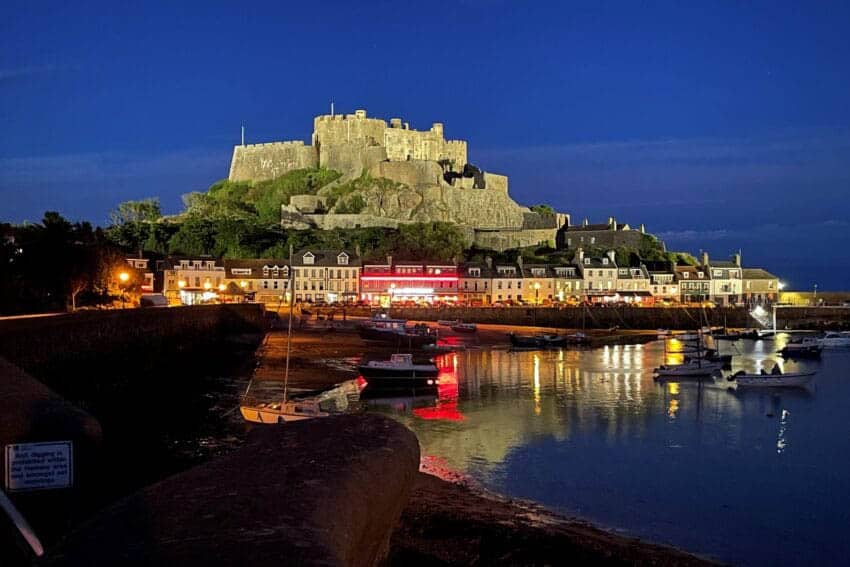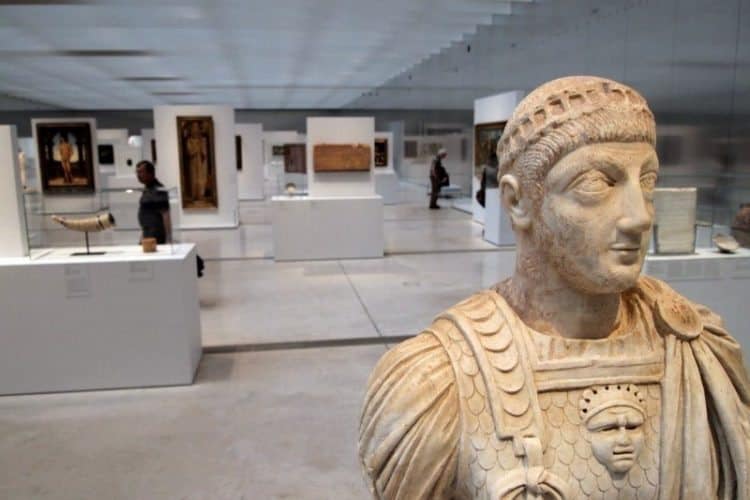
Louvre-Lens Brings Great Art to the North of France
By Max Hartshorne
GoNOMAD Editor
The first thing we saw when we arrived in Lens, France were two huge mountains that look like pyramids with grass growing on them.
They were coal heaps, giant piles of tailings left over from some of the many coal mines in this part of northern France that all closed up in the late ’80s.
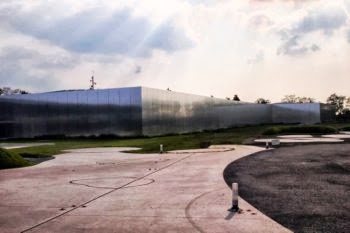
We drove up a hill to view one of them up close, along with a series of former mine buildings that now house a theater and other arts-related endeavors.
In the town of Lens, there are rows of streets with identical buildings that used to house miners. Today these are subsidized housing for low-income families.
Big Numbers
In December 2012 a tremendous thing happened here. A new Louvre opened on the abandoned site of one of these coal mines.
It’s the Louvre-Lens and it’s a 500,000 square feet magnet for art lovers from all over Europe. With 15 percent of their priceless art borrowed from the Paris Louvre, they are planning new exhibits for years to come.
Opened in 2014, art lovers have been visiting this tremendous new tourist attraction, in a city that is certainly not known for high culture. Lens is famous for being the home of a professional soccer team, and for the mines that all closed down by the mid-1980s.

As of January 2014, more than one million people had visited, and the expectation for one year was pegged at only 700,000.
In the courtyard outside of the squat glass and steel building, we met with Bruno Cappelle, who handles media relations for the museum, and he told us that 60% of the visitors to the Louvre-Lens (LL) were locals.
As of 2019, the museum has been seeing a reduced number of visitors, around 400,000 a year, according to a local guide we met in Lille.
“This museum is about changing the way people think about this town, and about this part of France.
This is much more than a museum, it’s bringing people from all over France to Lens, where most of them have never visited,” said Bruno Cappelle, as we sat in a courtyard in June 2013, seven months after the official opening of the Louvre-Lens Musem.
| Love France? Get our France Plane Reader ebook |
This is an exciting development but did not come about without a lot of advance work.
Cappelle said that a team of six was deployed to visit all of their neighbors, knock on their doors, and tell them about the new museum, and ask for their opinions.
Why Not a Car Factory?
Cappelle said that some of the locals asked why they weren’t building a $150 million car factory or some other large employer.
But even though there are only about 100 or so jobs at this sprawling temple of ancient and classical art, there are reverberations that will echo throughout this region far longer than any car factory could.
And since it’s a state-owned operation, it will never close up and move to China. Tourism is a long-term proposition, as most people in France realize. There is no country in the world with more tourism visitors than France.
Easy Walk to the High-Speed Train
The LL is located about a twenty-minute walk from the TGV high-speed train station and there is a well-made walking path and free shuttles if you don’t want to walk.
There is a Time Gallery that shows the progress of art from the earliest days of civilization until the 1840s. Cappelle explained to us that the Louvre Paris has 36,000 works on display, but the LL has only 205 works in its Gallery of Civilization time-line room.
“That way, you get a balance between the famous and the forgotten. and you’re not overwhelmed with trying to see too much”
Famous works include Liberty to the People, by Delacroix, and some of the lesser known works from Egyptian tombs are striking and well explained using the devices they hand out to listen to while you view the art.
The diversity of the people who have come to the LL, so many locals, has inspired Cappelle.
That and the fact that in this town of 36,000, more than 10,000 membership cards have been sold, bringing people back again and again.
But the LL isn’t just about art, it’s about improving and bringing a spotlight to a very poor and depressed part of France.
“Changing the image of this area, so it’s not just about football and unemployment, that’s a big part of what this museum is all about,” Cappelle said.
In five years, everything in the LL will be different, Cappelle told us.
The museum’s director explained how he thought the timeline approach to displaying the art worked for visitors:
“When you show these works from different cultures together, you can pick out themes that museums don’t usually have the chance to look at in their permanent collections.
These include, for example, the use of color in artworks in relief, and the question of the portrait. By putting together, say, the portrait of Louis-Francois Bertin by Ingres and the Portrait of Fath Ali
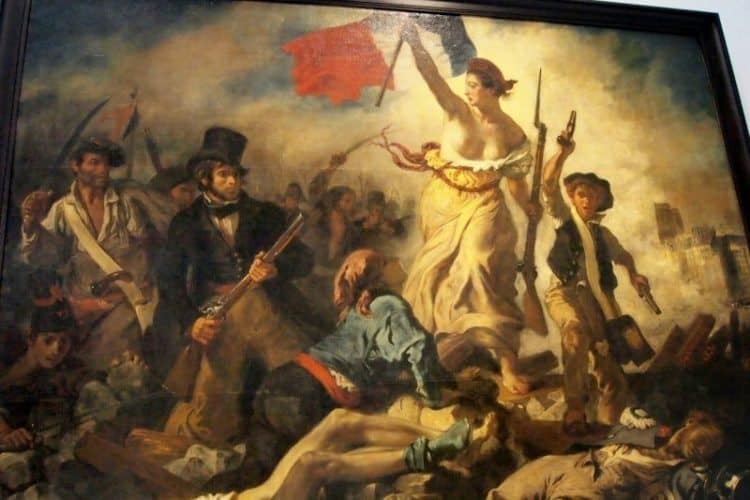
Shah, a Persian ruler of the Qajar dynasty, you can go beyond stylistic differences to common codes in the representation of power.

“We are working with the Louvre (Paris) to show that the museum is about more than just a handful of world-famous artworks.
Leonardo da Vinci’s masterpiece was not the Mona Lisa, but Saint Anne.”
When to Go
The museum is open daily except for Tuesday from 10 am – 6 pm. Closed January 1, May 1.
Late night openings on the first Friday of the month from September to June, til 10 pm. Also on the museum grounds is 2-star Michelin chef Marc Meurin’s restaurant.
Trains come on the Paris-Dunkirk TGV line, there is shuttle service from the station to the museum if you don’t feel like walking.
The Time Gallery, Galerie du Temps) is an open display of some 200 works representing all of the Louvre’s Curatorial departments. Stretching out over 120 meters, it covers three main periods: Antiquity, the Middle Ages, and Modern Times. It brings together different civilizations and artistic disciplines.
Nothing in the museum is from before 1840.
- Skiing in Georgia - February 21, 2024
- Exciting Rail Travel News in 2024 - February 4, 2024
- Last Minute Gifts for Christmas - December 17, 2023


